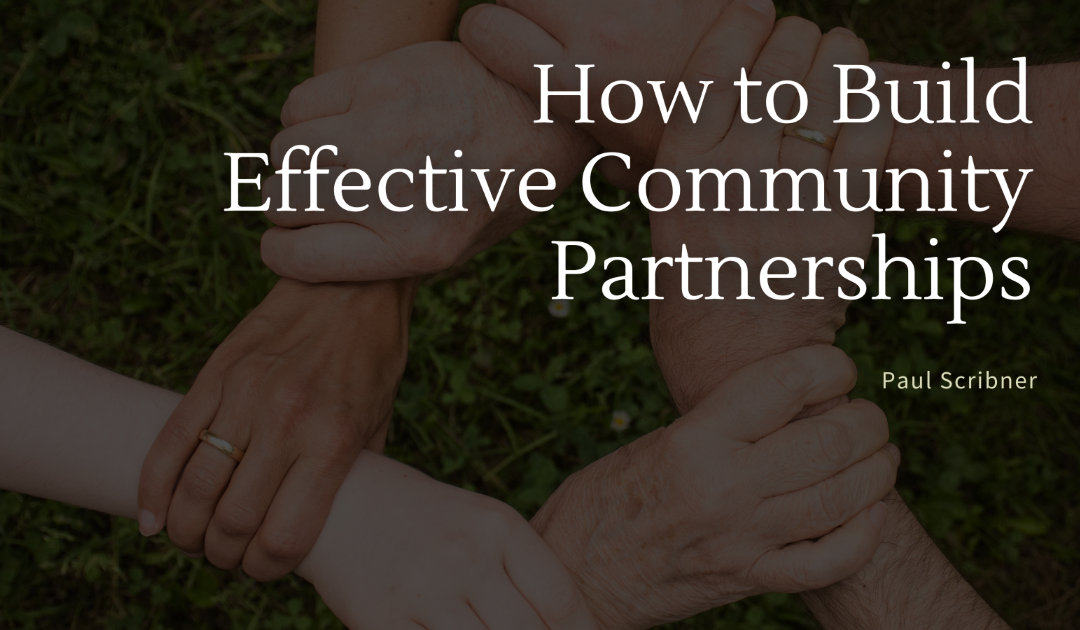Building effective community partnerships is essential for achieving meaningful and sustainable outcomes in community development and social initiatives. Strong partnerships leverage the strengths and resources of various stakeholders, including nonprofits, businesses, government agencies, and community members.
By fostering collaboration and mutual support, organizations can enhance their impact, address community needs more effectively, and create lasting change. Here’s a guide to building successful community partnerships that drive positive results.
The first step in building effective community partnerships is to identify and engage potential partners who share a common vision and goals. This involves conducting research to understand the needs of the community and the strengths of various organizations or entities.
Look for partners with complementary skills, resources, and expertise. For example, if your organization focuses on education, partnering with local businesses, schools, and government agencies can help create a comprehensive approach to addressing educational challenges. Building relationships with potential partners through networking events, community meetings, and outreach efforts can help establish initial connections and lay the foundation for collaboration.
Once potential partners are identified, it’s important to establish clear and open communication channels. Effective communication ensures that all parties understand each other’s goals, expectations, and roles within the partnership. Organize meetings or workshops to discuss objectives, share information, and address any concerns. Open communication fosters trust and transparency, which are crucial for a successful partnership. Establishing regular check-ins and updates can help maintain momentum and keep all stakeholders informed of progress and developments.
Defining roles and responsibilities is another key aspect of building effective community partnerships. Clearly outline each partner’s contributions, responsibilities, and expectations from the outset. This helps prevent misunderstandings and ensures that all parties are aligned with the partnership’s goals. A written agreement or memorandum of understanding (MOU) can formalize these roles and responsibilities, providing a reference point for accountability and collaboration.
Setting shared goals and measurable outcomes is essential for assessing the effectiveness of the partnership. Work with your partners to define common objectives and key performance indicators (KPIs) that will help measure progress and success. Having clear and achievable goals ensures that all partners are working towards the same outcomes and provides a framework for evaluating the impact of the partnership. Regularly review and assess progress towards these goals, and make adjustments as needed to stay on track.
Building strong relationships and fostering collaboration is crucial for the success of community partnerships. Invest time in building trust, respect, and mutual understanding among partners. Celebrate successes and acknowledge each partner’s contributions to strengthen the relationship and maintain motivation. Encourage collaboration by creating opportunities for partners to share ideas, resources, and expertise. A collaborative approach enhances problem-solving, innovation, and collective impact.
Finally, addressing and resolving conflicts promptly and constructively is important for maintaining a positive and productive partnership. Conflicts may arise due to differences in priorities, resources, or expectations. Addressing these issues openly and working together to find solutions helps prevent misunderstandings and ensures that the partnership remains focused on its goals. Establishing a conflict resolution process or mechanism can help manage disputes effectively and maintain a collaborative atmosphere.
By following these guidelines, organizations can create strong and productive partnerships that enhance their ability to address community needs and achieve meaningful outcomes. Effective partnerships not only amplify impact but also build a sense of shared purpose and commitment to making a positive difference in the community.

